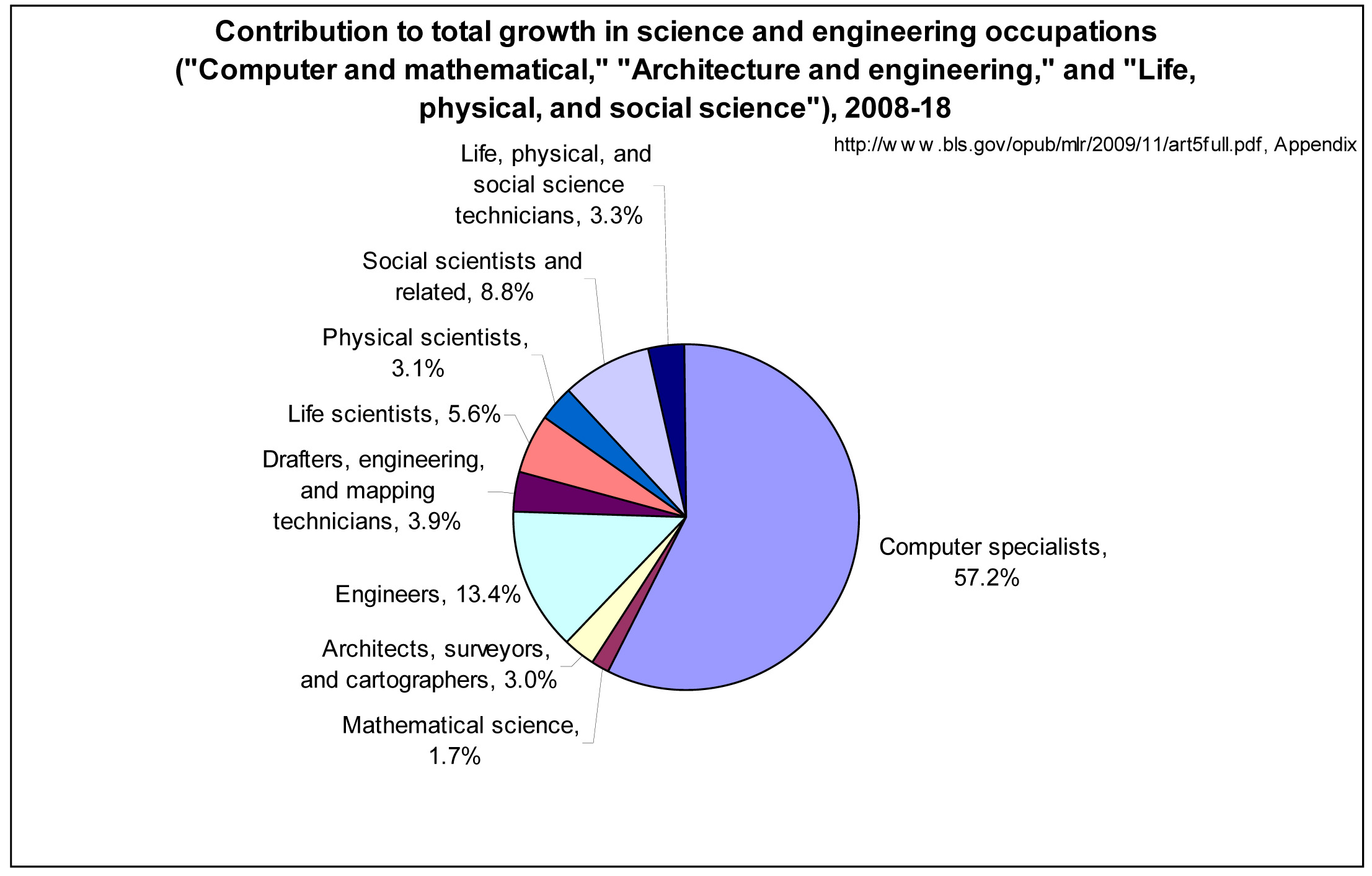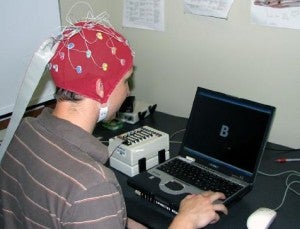Going plasmonic... "A team of European researchers has demonstrated some of the first commercially viable plasmonic devices, paving the way for a new era of high-speed communications and computing in which electronic and optical signals can be handled simultaneously.
The pioneering devices, which are expected to lead to commercial applications within the next decade, make use of electron plasma oscillation to transmit optical and electronic signals along the same metal circuitry via waves of surface plasmon polaritons. In contrast, signals in electronic circuits are transmitted by electrons, while photons are used to carry data in optical systems."
"As an emerging nano-scale technology that is often referred to as “light on a wire,” plasmonics, as the field of research is known, shares the advantages of fibre optics, including ultra-high-speed data transfer, with the benefits of electronic components, particularly their small size. The technology holds the promise of all-optical computer chips operating at ultra-fast speeds, faster communications and a vast new range of sensing devices.
“For the last five years or so it has been possible to build an optical computer chip, but with all-optical components it would have to measure something like half a metre by half a metre and would consume enormous power. With plasmonics, we can make the circuitry small enough to fit in a normal PC while maintaining optical speeds,” explains Anatoly Zayats, a researcher at The Queen's University of Belfast in the United Kingdom.































